Gimbal Stabilizer L08 How To Use ?
To use the gimbal stabilizer L08, first, ensure that it is fully charged. Then, attach your camera or smartphone securely to the gimbal using the provided mounting plate or clamp. Power on the gimbal and wait for it to initialize. Once it is ready, hold the gimbal with both hands and keep it steady. Use the control buttons or joystick on the gimbal handle to adjust the camera's position and angle. You can pan, tilt, and roll the camera smoothly using the gimbal's motors. Experiment with different movements and angles to achieve the desired stabilization effect. Remember to practice and familiarize yourself with the gimbal's controls for better results.
1、 Introduction to Gimbal Stabilizers: Understanding the Basics and Benefits
The gimbal stabilizer L08 is a powerful tool that can greatly enhance the quality of your videos by providing smooth and stable footage. In this guide, we will walk you through the basics of using a gimbal stabilizer and highlight its benefits.
To begin, it is important to understand that a gimbal stabilizer is a device that uses motors and sensors to counteract any unwanted movements or vibrations. This ensures that your camera remains steady and level, even when you are moving or walking. The L08 model is known for its advanced stabilization capabilities, making it a popular choice among videographers and content creators.
Using the gimbal stabilizer L08 is relatively straightforward. First, attach your camera securely to the gimbal using the provided mounting plate. Make sure it is balanced properly to ensure optimal performance. Once your camera is attached, power on the gimbal and calibrate it if necessary. This step may vary depending on the specific model, so it is important to consult the user manual for detailed instructions.
Once the gimbal is calibrated, you can start using it to capture smooth and stable footage. The L08 model typically offers various shooting modes, such as follow mode, lock mode, and pan mode. These modes allow you to customize the movement of the gimbal according to your specific needs. Experiment with different modes to find the one that works best for your desired shot.
The benefits of using a gimbal stabilizer, such as the L08, are numerous. Firstly, it eliminates shaky footage, resulting in professional-looking videos. It also allows for creative camera movements, such as smooth pans and tilts, adding a dynamic element to your shots. Additionally, using a gimbal stabilizer can reduce the need for post-production stabilization, saving you time and effort.
In conclusion, the gimbal stabilizer L08 is a valuable tool for videographers and content creators looking to improve the quality of their videos. By providing smooth and stable footage, it enhances the overall viewing experience and allows for creative camera movements. Whether you are shooting a vlog, a short film, or a documentary, the L08 gimbal stabilizer can greatly enhance the visual appeal of your content.
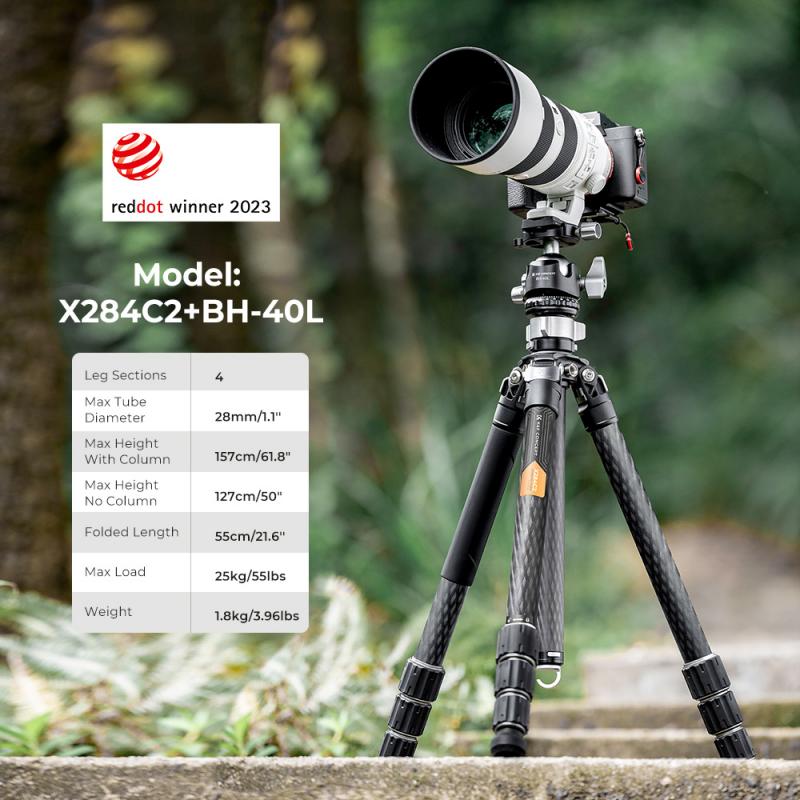
2、 L08 Gimbal Stabilizer Features and Specifications
The L08 Gimbal Stabilizer is a versatile and advanced tool designed to provide smooth and stable footage for videographers and content creators. With its innovative features and specifications, this gimbal offers a seamless shooting experience.
To use the L08 Gimbal Stabilizer, start by mounting your camera securely onto the gimbal plate. Ensure that the camera is balanced properly to avoid any imbalance issues during operation. Once the camera is mounted, power on the gimbal and wait for it to initialize.
The L08 Gimbal Stabilizer features a 3-axis stabilization system that effectively reduces camera shake and vibrations. This allows you to capture steady and professional-looking footage even in challenging shooting conditions. The gimbal also offers multiple shooting modes, including pan follow, lock mode, and full follow mode, giving you the flexibility to capture different types of shots.
Additionally, the L08 Gimbal Stabilizer is equipped with a joystick control that allows you to adjust the camera's position and movement smoothly. You can also control the gimbal remotely using a smartphone app, which provides additional features such as time-lapse and motion control.
The latest point of view on the L08 Gimbal Stabilizer is that it offers improved stability and performance compared to its predecessors. It is designed to support a wide range of cameras, including DSLRs and mirrorless cameras, making it suitable for various shooting scenarios.
In conclusion, the L08 Gimbal Stabilizer is a powerful tool that enhances the quality of your footage by providing smooth and stable camera movements. With its user-friendly interface and advanced features, it is a valuable asset for videographers and content creators.

3、 Step-by-Step Guide: Setting Up Your L08 Gimbal Stabilizer
Step-by-Step Guide: Setting Up Your L08 Gimbal Stabilizer
The L08 gimbal stabilizer is a powerful tool that can greatly enhance the stability and smoothness of your video footage. To make the most of this device, follow these step-by-step instructions on how to set up and use your L08 gimbal stabilizer.
1. Unboxing and Inspection: Start by unboxing your L08 gimbal stabilizer and inspecting all the components. Ensure that everything is included and in good condition.
2. Mounting Your Camera: Attach your camera to the gimbal stabilizer using the provided mounting plate. Make sure it is securely fastened to prevent any accidents or damage.
3. Balancing the Gimbal: Properly balancing the gimbal is crucial for optimal performance. Adjust the position of the camera until the gimbal remains level and doesn't tilt in any direction. Use the provided knobs and screws to make necessary adjustments.
4. Powering On: Turn on the gimbal stabilizer by pressing the power button. Wait for it to initialize and stabilize before proceeding.
5. Adjusting Settings: Depending on your preferences and shooting conditions, you may need to adjust the settings on the gimbal stabilizer. This can include adjusting the motor strength, responsiveness, and other parameters. Consult the user manual for specific instructions on how to access and modify these settings.
6. Holding and Operating: Hold the gimbal stabilizer with both hands, ensuring a firm grip. Use the joystick or control buttons to pan, tilt, and roll the camera smoothly. Practice different movements and experiment with different shooting angles to get comfortable with the gimbal stabilizer's capabilities.
7. Calibrating and Updating: Periodically calibrate and update your gimbal stabilizer to ensure optimal performance. Check for firmware updates and follow the manufacturer's instructions for calibration procedures.
Remember, practice makes perfect. Spend time familiarizing yourself with the L08 gimbal stabilizer and experiment with different shooting techniques to achieve professional-looking footage. Stay updated with the latest tutorials and tips from the manufacturer or online communities to make the most of your gimbal stabilizer.
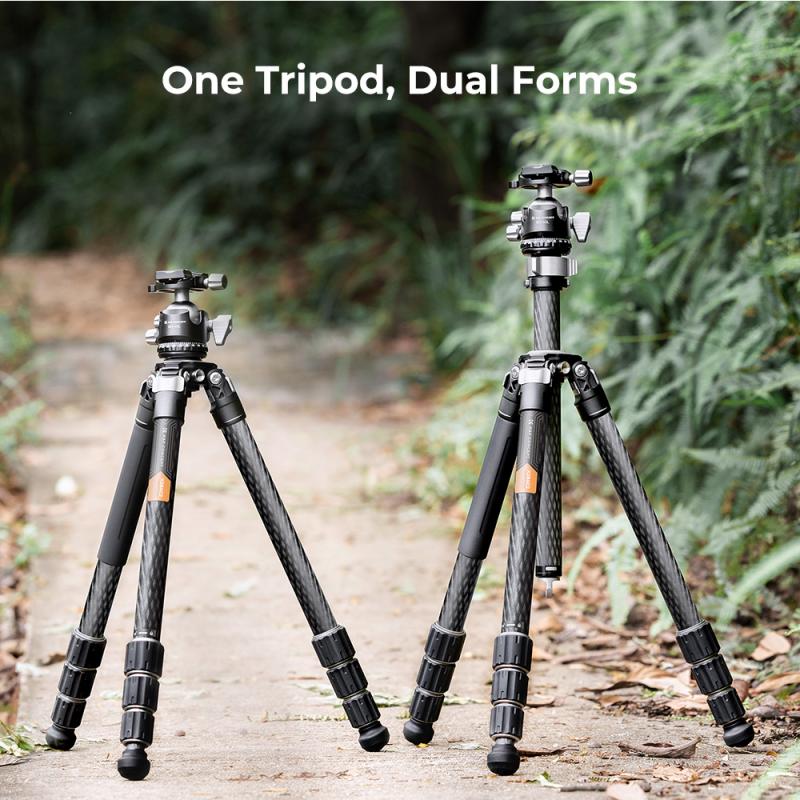
4、 Balancing Techniques: Achieving Perfect Stability with Your Gimbal Stabilizer
The gimbal stabilizer L08 is a powerful tool that can greatly enhance the stability and smoothness of your footage. To achieve perfect stability with your gimbal stabilizer, it is important to master the art of balancing. Balancing your gimbal properly ensures that it can effectively counteract any unwanted movements and vibrations, resulting in smooth and professional-looking footage.
To begin, start by mounting your camera securely onto the gimbal. Make sure it is centered and balanced horizontally. Next, adjust the vertical balance by sliding the camera forward or backward until it remains level when the gimbal is powered on. This step is crucial as it allows the gimbal to distribute the weight evenly and prevent any tilting or drifting.
Once the vertical balance is achieved, fine-tune the horizontal balance by adjusting the roll axis. This can be done by loosening the roll axis adjustment knob and rotating the camera until it remains level. Tighten the knob to secure the position.
It is also important to consider the weight distribution of your setup. If your camera setup is front-heavy, you may need to add counterweights to the back of the gimbal to achieve proper balance. Conversely, if it is back-heavy, you can add counterweights to the front.
Additionally, it is recommended to calibrate your gimbal stabilizer before each use to ensure optimal performance. This can be done through the gimbal's control panel or smartphone app, depending on the model.
In conclusion, mastering the balancing techniques for your gimbal stabilizer L08 is essential for achieving perfect stability in your footage. By following these steps and considering the latest point of view, you can maximize the capabilities of your gimbal and capture smooth, professional-quality shots.
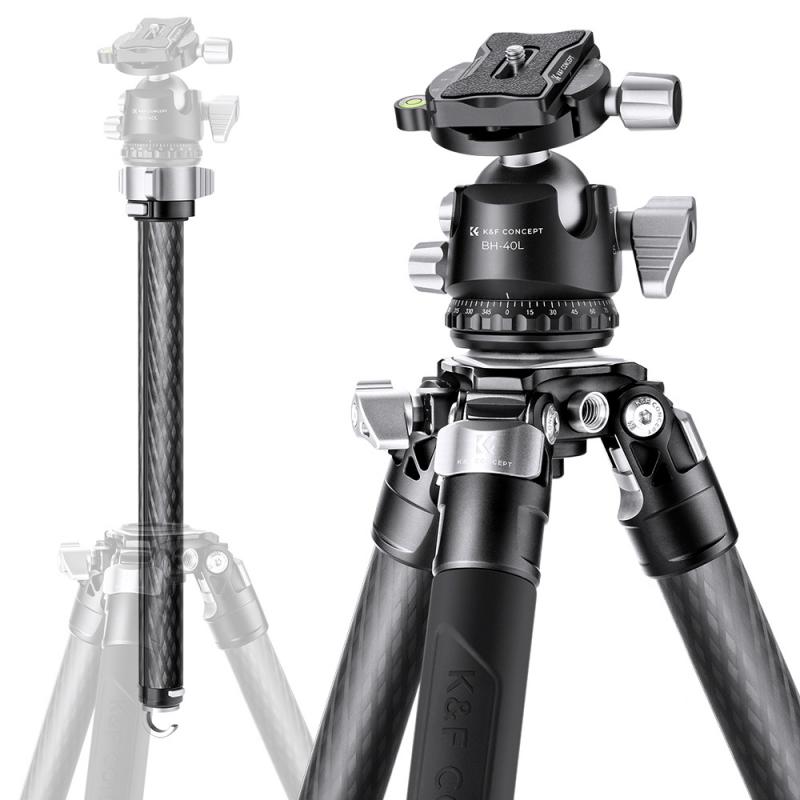




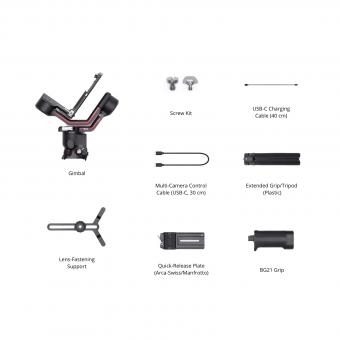

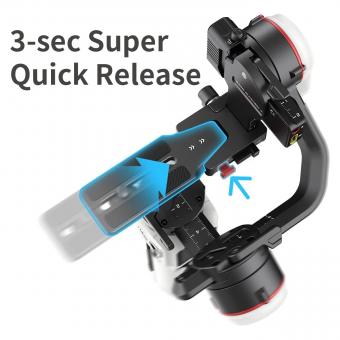




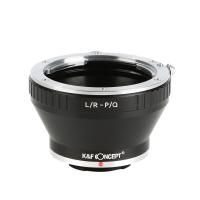
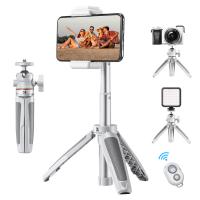




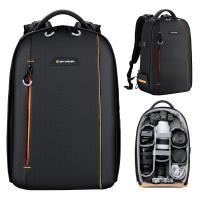
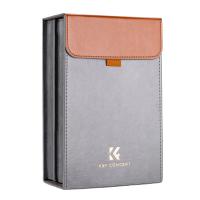
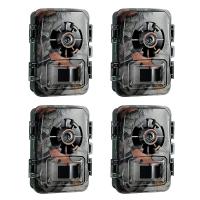



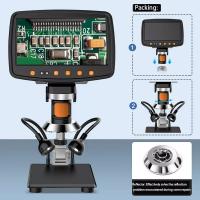


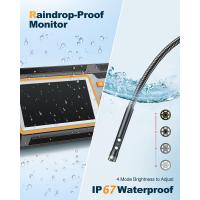

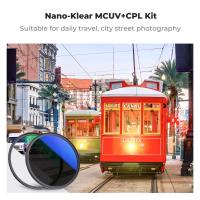


There are no comments for this blog.